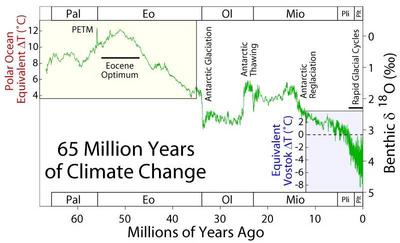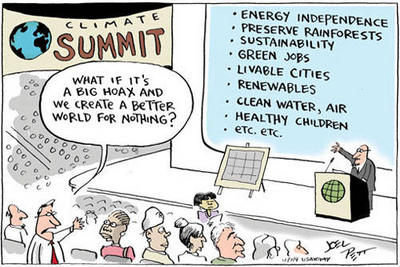"The average temperature for the contiguous U.S. during June was 71.2°F, which is 2.0°F above the 20th century average. Scorching temperatures during the second half of the month led to at least 170 all-time high temperature records broken or tied. The June temperatures contributed to a record-warm first half of the year and the warmest 12-month period the nation has experienced since recordkeeping began in 1895."
Noaa
Basically noaa says that they can link the amount of extreme weather we have been experiencing to climate change.
- Four independent data sets show that 2011 was among the 15 warmest years since records began in the late 1800s, however it was also the coolest year since 2008.
- Even with La Nina, which results in a cooler-than-average equatorial Pacific Ocean, the 2011 global sea surface temperatures were among the 12 highest years on record.
- The Arctic continued to warm at about twice the rate compared to lower latitudes.
- The South Pole station in Antarctica recorded its all-time highest temperature of 9.9 degrees Fahrenheit on December 25, which broke the previous record by two degrees.
- Arctic sea ice extent was below average for all of 2011, which continues a trend that started in June 2001. Sea ice in the Arctic shrank to its second smallest "summer minimum" extent on record.
- Heat waves related to La Nina like what Texas experienced in 2011 are now 20 times more likely to occur during La Nina years today than La Nina years 50 years ago.
- United Kingdom scientists found that cold Decembers in their country are now half as likely to occur now versus 50 years ago and warm Novembers are now 62 times more likely. This study was done after a very cold December 2010 and a very warm November 2011.
- Scientists could find no link with climate change and the extreme flooding in Bangkok, Thailand in 2011. Although the flooding was unprecedented, the amount of rain in the river basin area was not very unusual. Factors such as reservoir policies and increased construction in the flood plain were cited as the most relevant in setting the scale of the disaster.
- Ozone concentrations in the lower Arctic stratosphere were the lowest in early 2011 since records began in 1979. More than 80 percent of the ozone between 11 and 12 miles above the earth was destroyed by late March, increasing UV radiation levels near the surface.
- Greenhouse gas concentrations continued to rise in 2011. This includes carbon dioxide, methane and nitrous oxide. Carbon dioxide steadily increased and the yearly global average exceeded 390 parts per million for the first time since instrumental records began.

































